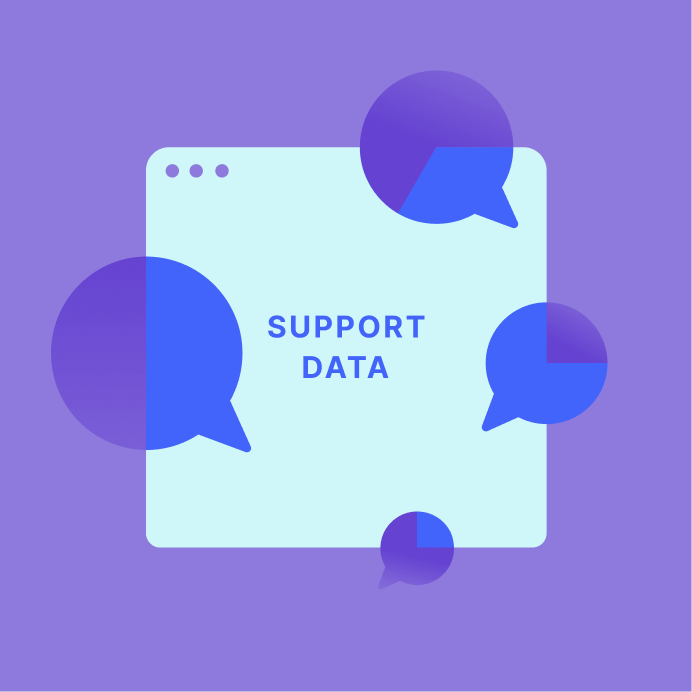Support, revenue, and data: I want to be wise

As a former customer service manager in a large organization with all the traditional contact channels (email, contact forms, phone, chat, SMS, and socials), I know something about leveraging support data and connecting the organizational dots.
Are you reactive or proactive? Most of us are reactive, and that’s okay – or is it?
My experience is that between 40-90% of demands/inbounds result from something being wrong, not delivered, not working, or not being understandable. In general, demands you’d prefer not to get. Customers would prefer “first time right” instead of reaching out because we did something wrong. If that premise is correct, what are the consequences of this? Extra cost, lower customer satisfaction, lower employee satisfaction, and less revenue.

Given that 40-90% of your inbounds are a consequence of something your organization is somehow in control of, you can also fix it. Albert Einstein said: “A clever person solves a problem; a wise person avoids it.”
What if we could avoid these non-value demands? What is the business value, what is the impact on customer satisfaction, and will your revenue go up or down? Will the organization be more efficient or not?
To be honest, it’s not always easy to avoid non-value demands. The root cause is owned by marketing, sales, product development, or somewhere else in the organization. Wherefore it will be a company project (if the dots are connected), but it’s not in the customer service manager’s control. But what can we do while waiting for the perfect project or design?
Your customer service team is sitting on a gold mine of data – conversational data, unstructured, and representing what your customers need from you. Categorize the support data, Understand the variation, the top 10 demands, and use the five whys approach to get closer to understanding the root cause. You will learn that the top 3-5 will represent up to 50% of your inbounds.
Structuring your support data
Structure the unstructured support data using AI-cluster tools or manually (whichever way you want). I have done it manually with a team of 7 people allocated for a six-month project. We analyzed phone calls, emails, chats, and f2f sales. We learned a lot, and I will share some of those learnings later.
With the knowledge I have today, I would use AI-cluster tools. It’s an efficient way and a shortcut to understanding and insights. Customer service is traditionally seen as a cost center. Would it be a surprise if your data tells you that 20% of your demands are related to the revenue funnel? My experience is that these insights will change customer service from a cost center to a revenue center.

Data is critical to making the right decisions. So, in my opinion, it’s essential to understand your business and customer data / conversational data. It’s a gold mine. You can start being clever and become wise working with support data later on. It’s okay to solve problems, but it’s better to avoid them as a long-term strategy.
1. Analyze existing unstructured live chat data using AI-cluster/labeling tools
2. Analyze your unstructured chatbot data using AI-cluster/labeling tools
3. Design a simple chatbot to collect and analyze data and decide the next steps when you understand which problems you need to solve and avoid
What’s next?
I’m working at Certainly.io, and it would be my pleasure to help customer service organizations understand, solve, and avoid problems. I also dream of changing the broader mindset from a cost-center to a revenue-driving one.
In the coming months, I’ll write more about my take on being reactive, proactive, solving, and avoiding problems. I believe that AI-driven customer service is the future, and I’m a firm believer in using data, especially support data, to understand and improve operations. Lastly, I think conversations and dialogue (either human or AI) with customers are and will be a crucial part of the future customer service organization. I don’t just want to be clever; I want to be wise.
This article was written by Michael Larsen. The visuals were by Vital Sinkevich, and it was edited by Fergus Doyle




